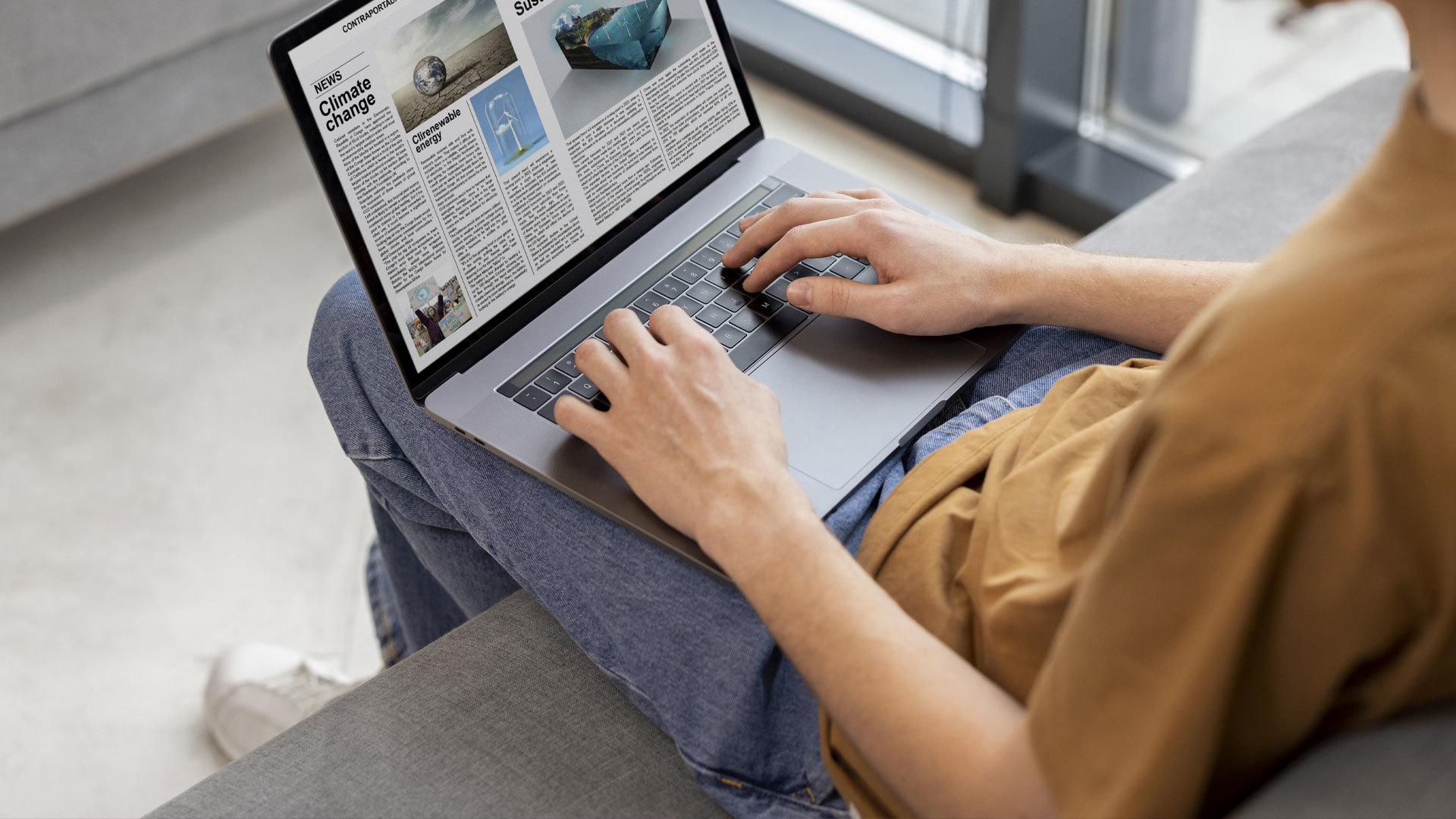Sita™ low-temperature plasma nucleus pulposus ablation electrodes are now available!
Published on:
2022-10-13

1 Product Information
Sita™ , the name is from the most representative classical instrument Sitar in India. The Sitar is known around the world thanks to the development of rock and roll, a more classic use of it is the Beatles ' famous song "Norwegian wood ". Behind the rock melody, the classical strings are intense with gentle tones, just like the principle of our products and the philosophy we advocate “effective and safe”.
Sita™, after Orchestra™ (meaning symphony), is the second active product named after a music-related name in Lange Medtech®. We will launch more active consumables and equipment on the way.
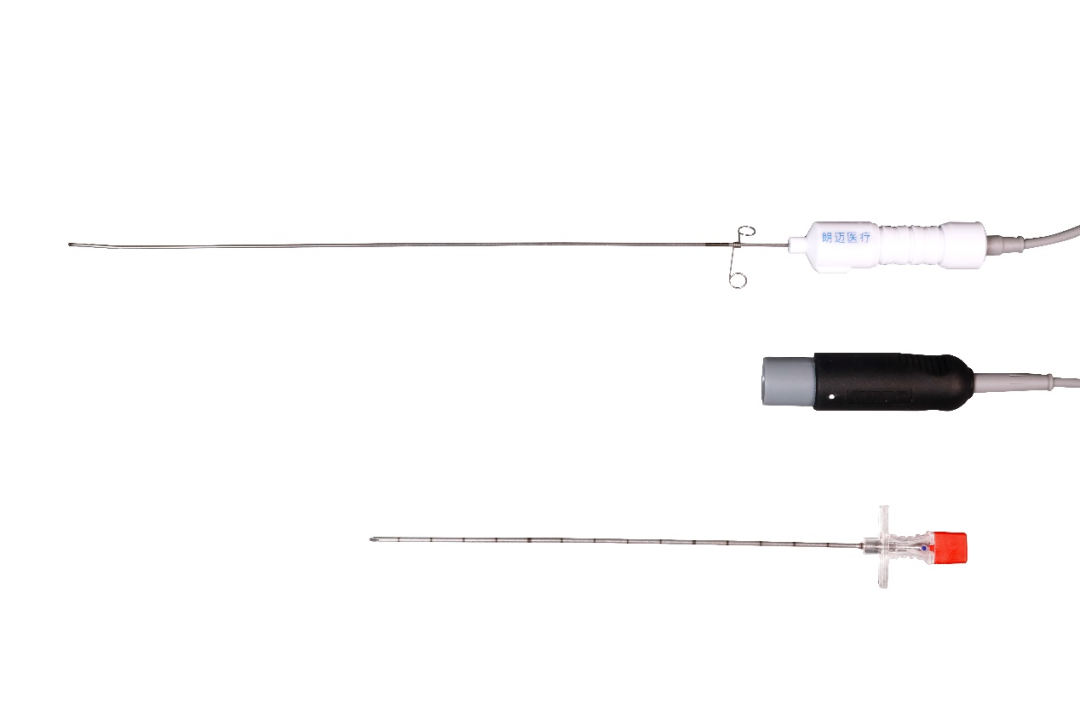
Sita™ low-temperature plasma nucleus pulposus ablation electrodes

2 Scope of application and rationale
This product is used in low-temperature plasma nucleus pulposus ablation (also known as plasma RF ablation myeloplasty, low-temperature plasma nucleus pulposus decompression, etc.). It’s a therapy that vaporizes the nucleus pulposus tissue in the organism under the guidance of the C-arm or CT, and causes the nucleus pulposus to shrink, which can reduce the pressure and relieve the mechanical compression of the nerve root and thus relieve the pain.
This product is indicated for Inclusive herniation of the intervertebral disc
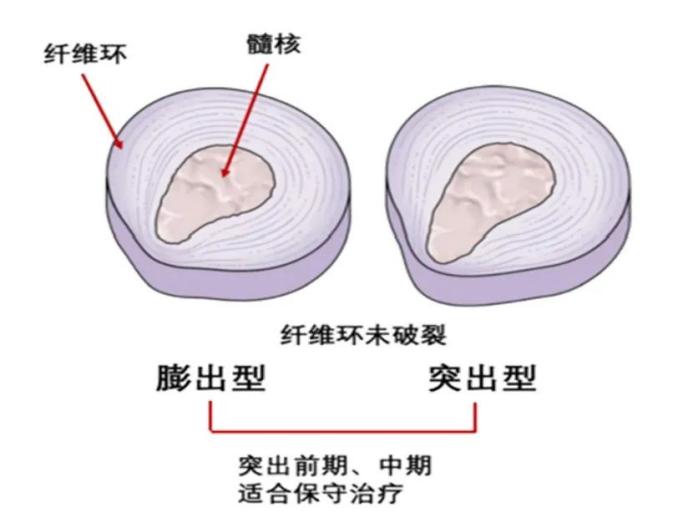
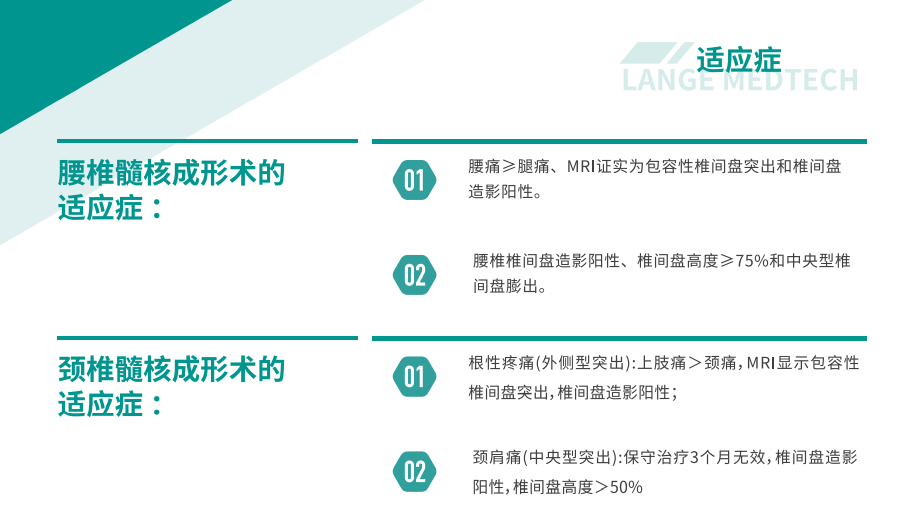
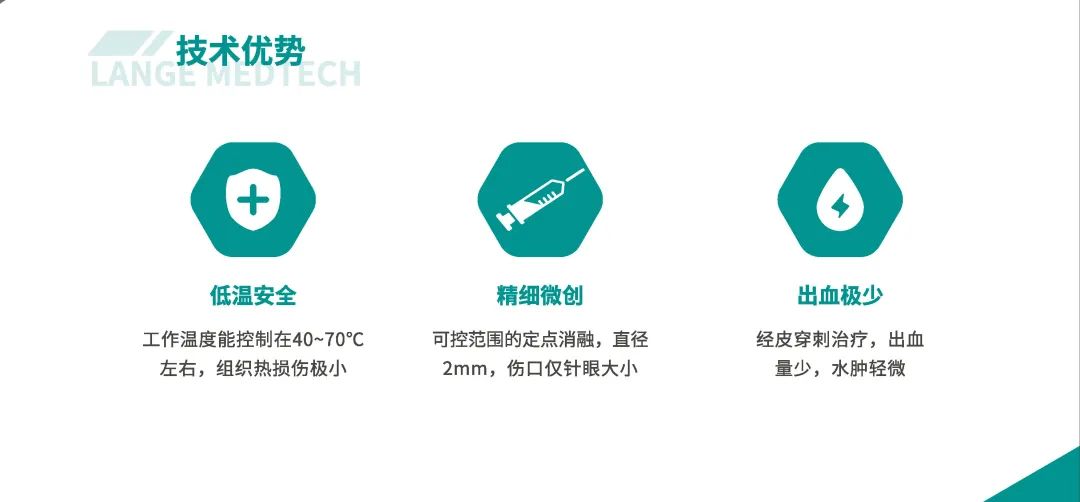
3 Product Features

The folded corners on the lumbar electrode are designed to expand the ablation range. A larger volume of decompression is obtained after rotating the electrode, and the decompression effect is better.
4 Surgical procedures
Low-temperature plasma nucleoplasty of the cervical vertebra
1. Supine position, CT or C-arm guidance to localize the lesion space.
2. Determine the area between the sternocleidomastoid muscle and the trachea. After local anesthesia, the puncture needle is used for anterolateral approach and is placed in the middle of the disc, which is 5mm from the target point on both front and side fluoroscopy. The core of the puncture needle is withdrawn, and about 0.5~1ml of saline is injected along the trocar needle.
3. Immerse the working end of the tip in saline, step on the pedal to fully coat the tip with ions. Insert the plasma tip, the tip of the tip should not go out of the tip of the puncture needle, leave it in the puncture needle, pull back the puncture needle, lock the cervical spine plasma tip, and confirm the position of the tip. Gently press the ablation button and observe whether the patient has any twitching sensation. If there is any twitching sensation, re-adjust the position of the puncture needle to avoid damage caused by being too close to the nerve.
4. Energy sets to 2 speeds. Depress the ablation pedal for 15-30 seconds. Depress the crumpling pedal for 15-30 seconds. If additional ablation treatment is required, withdraw 1-2 mm and repeat the above steps for a total of 3 ablations.
5. At the end of the procedure, remove the tip and insert the insert back into the cannula. The puncture needle is then withdrawn in its entirety, and the neck is braced with a collar for one week after the operation.
Low-temperature plasma nucleoplasty of the lumbar vertebra
1. In the prone position, CT or C-arm guidance to localize the lesion space.
2. Safe triangulation (superior border of the lower cone + Outer edge of the superior articular tubercle of the lower cone + nerve root). The needle is directed parallel to the intervertebral space, 8-10 cm from the midline of the spine, at a 35-45° angle to the skin, so that the needle is located at the junction of the annulus fibrosus and the nucleus pulposus.
3. Pull out the core of the puncture needle, inject about 1~2ml of physiological saline along the cannula needle, put in the plasma cutter head and step lightly on the yellow ablation pedal with the foot to observe whether the patient has any convulsive reaction. If there is a reaction, it means that the plasma cutter head is very close to the nerve root, and the position of the puncture needle needs to be readjusted.
4. The trocar needle is set back 2 mm so that the tip of the puncture needle is located in the middle and outer fiber loops, and the black coated tip is the starting point for the plasma ablation process 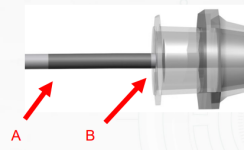 . The furthest point of ablation is determined as shown in the figure below.
. The furthest point of ablation is determined as shown in the figure below.
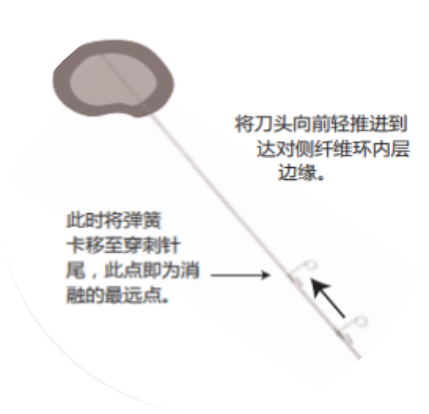
5. Back the needle to the mark and start the ablation operation: depress the ablation button (yellow) on the foot pedal, slowly advance the tip to the opposite side of the perforation to depressurize it, and then depress the crumple button (blue) to retract the tip in the same direction at a speed of 5 mm/sec to complete the ablation and shrinkage in one direction.
6. The lumbar plasma head has a 4 ° tilt angle, allowing the plasma head to be tilted in 6 directions at 2, 4, 6, 8, 10, and 12 points for ablation and crumpling.
Recommended Content
Share to

